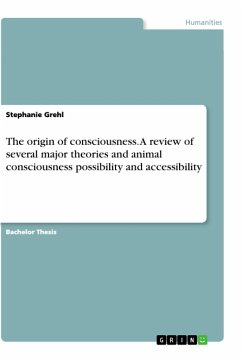Traditionally, we explain human behavior in terms of "mental activity". We believe that our actions are the result of emotions, attitudes, conscious thinking and personality. Subsequently, the brain has been regarded as a "Swiss penknife", each anatomical part being a specialized tool for a certain faculty, the same faculties we found in the psychology textbooks. But what is the nature of this taxonomy, how was it established and how sure of its validity are we? This theoretical scheme is known to be grounded in the philosophical heritage of Ancient Greece. Now, 2000 years after Plato and Aristotle, various authors argue that the use of concepts extracted from traditional psychology hinders the understanding of brain functions and instead of trying to match the brain activity with psychology textbooks we should rather try to understand the actual function of different brain networks, the representations they entail and the processes they employ. The objective of this book is to uncover the actual basis of behavior and what we traditionally call "mental activity", the way in which they develop whilst interacting with the environment and how they have evolved.








